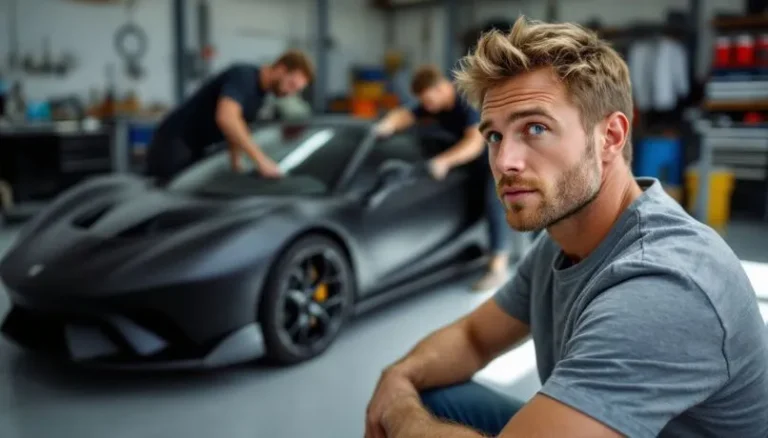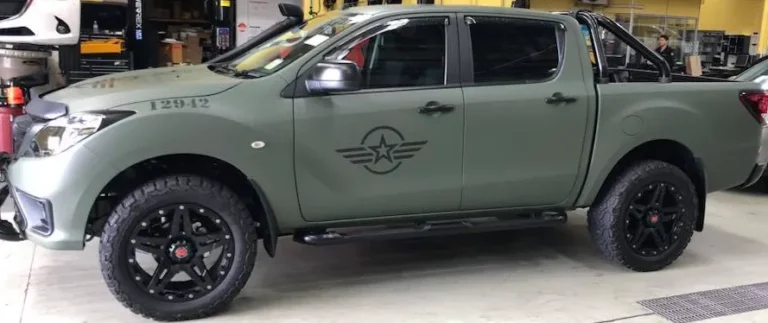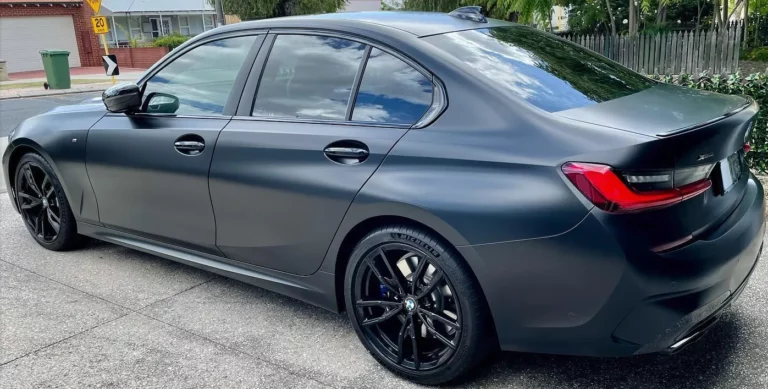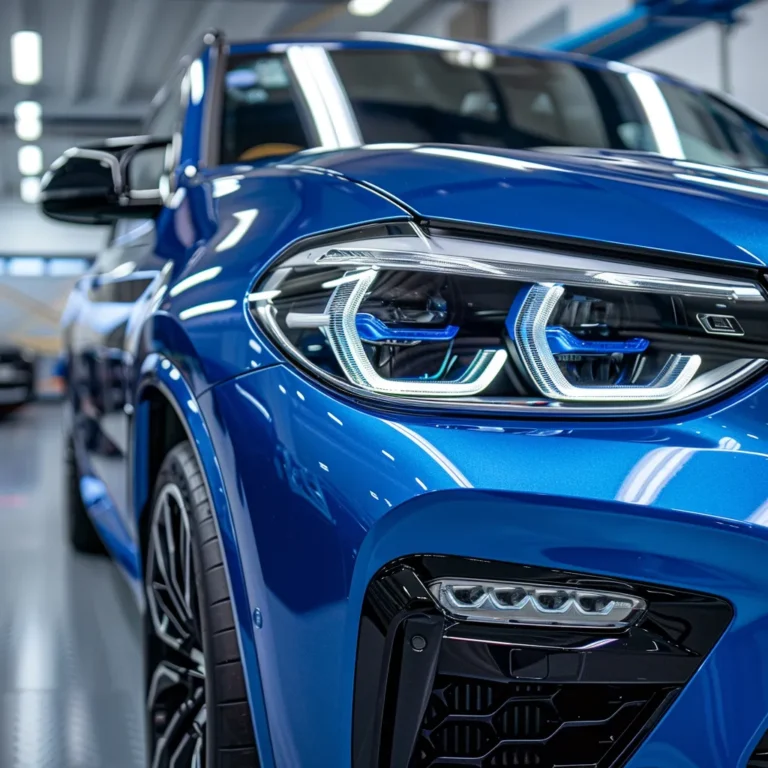Your Guide: Self-Healing Paint Protection Films Explained
Self-healing paint protection films are a revolutionary technology that can protect your car’s paint from rock chips, scratches, and other impacts. These films consist of three layers: an adhesive layer, a thick polyurethane layer to mitigate damage, and a clearcoat layer to protect the polyurethane from discoloring. The film has the ability to “heal” itself by rearranging scratches on its surface when exposed to heat. This process gives the film the energy to return to its flat, normal look.
Key Takeaways:
- Self-healing paint protection films are a cutting-edge solution for protecting car paint from damage.
- These films have three layers: adhesive, polyurethane, and clearcoat, which work together to provide enhanced protection.
- Self-healing capabilities allow the film to repair minor scratches and maintain a pristine appearance.
- Maintenance is easy, and the film offers durability, scratch resistance, and UV protection.
- Alternative options are available for cars without self-healing paint, but they may not offer the same level of healing capabilities.
How Self-Healing Paint Protection Films Work
Self-healing paint protection films offer a remarkable solution for protecting your car’s paint. But how do they actually work? These films utilize a unique clear coat that possesses the incredible ability to rearrange itself when scratched. Unlike traditional paint protection films, which have a hard and dry clear coat, self-healing films have a softer and more flexible clear coat that can be reshaped when damaged.
When the film is scratched, the molecules within the clear coat are displaced. However, when heat is applied to the film, such as from warm water or sunlight, these molecules regain energy and reorient themselves back to their original position, effectively “healing” the scratch. This self-healing process ensures that minor surface scratches disappear, allowing the film to maintain its flawless appearance.
In addition to their self-healing properties, these films are also known for their durability and scratch resistance. The soft and flexible nature of the clear coat allows it to absorb impact and prevent scratches from penetrating the film and reaching the car’s paint. This provides an extra layer of protection, keeping your car looking pristine for longer periods of time.
Table: Comparison of Self-Healing Film vs. Traditional Film
| Features | Self-Healing Film | Traditional Film |
|---|---|---|
| Self-healing capability | Yes | No |
| Durability | High | Medium |
| Scratch resistance | Excellent | Good |
| Application method | Professional installation | Professional installation |
| UV protection | Yes | Yes |
When it comes to UV protection, self-healing paint protection films also excel. These films have a clearcoat layer that acts as a shield, preventing harmful UV rays from fading or discoloring the car’s paint. This ensures that your car’s vibrant color and appearance are preserved for years to come.
Overall, self-healing paint protection films provide a combination of self-repair, durability, scratch resistance, and UV protection for your car’s paint. With their impressive technology and ability to maintain a flawless appearance, these films offer a reliable solution for keeping your car looking its best.
Benefits of Self-Healing Paint Protection Films

Self-healing paint protection films offer numerous benefits for car owners. Firstly, they provide easy maintenance, as the film can self-heal minor surface scratches, reducing the need for frequent repairs or touch-ups. This not only saves time and money but also ensures that your car’s paint remains in pristine condition for longer periods of time.
The film also acts as a protective barrier, shielding the car’s paint from rock chips, scratches, and other external impacts. This is especially beneficial for those who frequently drive on highways or rough roads, as it minimizes the risk of damage to the car’s exterior. With self-healing paint protection films, you can enjoy peace of mind knowing that your car’s paint is well-protected.
In addition to easy maintenance and superior protection, self-healing paint protection films enhance the overall appearance of your car. The film adds a layer of gloss to the paint, giving it a sleek and polished finish. This can significantly improve the aesthetic appeal of your vehicle, making it look newer and more attractive.
Overall, self-healing paint protection films offer a range of benefits including easy maintenance, enhanced protection, and improved appearance. Whether you want to preserve the value of your car or simply want to keep it looking its best, investing in self-healing paint protection films is a smart choice.
The Benefits Summarized:
- Easy maintenance: Self-healing capability reduces the need for frequent repairs or touch-ups
- Enhanced protection: Shields the car’s paint from rock chips, scratches, and other external impacts
- Improved appearance: Adds gloss and a sleek finish to the car’s exterior
Alternative Paint Protection Options
If your car doesn’t have self-healing paint, there are alternative paint protection options available. One popular choice is paint protection films that offer similar healing capabilities. These films incorporate elastic polymers and a thicker polyurethane layer to repair scratches and prevent stone chipping. They provide an additional layer of protection for the car’s paint, extending its lifespan and maintaining its appearance. However, it’s important to note that these alternative options may not have the same self-healing capabilities as self-healing paint protection films.
While self-healing paint protection films are known for their ability to rearrange scratches and heal themselves, alternative options rely on different technologies and materials. Paint protection films with elastic polymers and a thicker polyurethane layer create a barrier between the car’s paint and the external environment. This helps to prevent scratches, chips, and other forms of damage that can occur during daily use. While these films cannot heal themselves like self-healing films, they still offer reliable protection for your car’s paint.
“Alternative paint protection films offer an effective solution for car owners who want to protect their paint without the self-healing capabilities of self-healing films. With the use of elastic polymers and a thicker polyurethane layer, these films provide a durable and long-lasting protective barrier.”
When choosing an alternative to self-healing paint protection films, it’s important to consider the specific needs and preferences for your car. While these films offer reliable protection, they may require occasional maintenance or reapplication to ensure their effectiveness. Consulting with a professional installer can help you make an informed decision and select the best paint protection option for your car.
| Paint Protection Option | Self-Healing Paint Protection Films | Alternative Paint Protection Films |
|---|---|---|
| Technology | Utilizes a unique clear coat that rearranges scratches when exposed to heat | Incorporates elastic polymers and a thicker polyurethane layer |
| Self-Healing Capability | Can repair minor surface scratches | Does not possess self-healing capabilities |
| Protection | Durable and scratch-resistant | Offers reliable protection against scratches and stone chipping |
| Maintenance | Minimal maintenance required | May require occasional maintenance or reapplication |
| Longevity | Provides long-lasting protection | Extends the lifespan of the car’s paint |
Disadvantages of Self-Healing Paint Protection Films
While self-healing paint protection films offer many benefits, they also come with some limitations that car owners should be aware of. One of the main disadvantages is that these films can only repair light surface scratches that are contained within the clear coat. If you have deeper scratches that break through the clear coat, professional repairs will be required to fix them.
In addition to the limitations in scratch repair, self-healing paint protection films also require special care. It’s important to avoid using abrasive car polishes, as they can damage the special clear coat that provides the film its healing capability. Regular cleaning and maintenance should be done using gentle products designed specifically for paint protection films.
“When it comes to self-healing paint protection films, it’s important to weigh the advantages against the limitations. While they provide excellent protection and can effectively repair minor scratches, deeper damage and special care requirements should be considered.”
Over time, the self-healing capability of the film may diminish as the clear coat hardens, and it may lose its ability to repair scratches effectively. Therefore, it’s essential to monitor the condition of the film and seek professional assistance if necessary to ensure its continued performance.
Despite these limitations, self-healing paint protection films remain a popular choice among car owners due to their ability to provide an extra layer of protection and easy maintenance. By understanding the disadvantages and taking appropriate care, car owners can enjoy the benefits of self-healing paint protection films while keeping their vehicle’s paint in optimal condition.
| Disadvantages of Self-Healing Paint Protection Films | Solutions |
|---|---|
| Can only repair light surface scratches | Seek professional repairs for deeper scratches |
| Requires special care | Avoid using abrasive car polishes and use gentle cleaning products |
| Self-healing capability may diminish over time | Monitor the condition of the film and seek professional assistance if necessary |
The History of Paint Protection Films
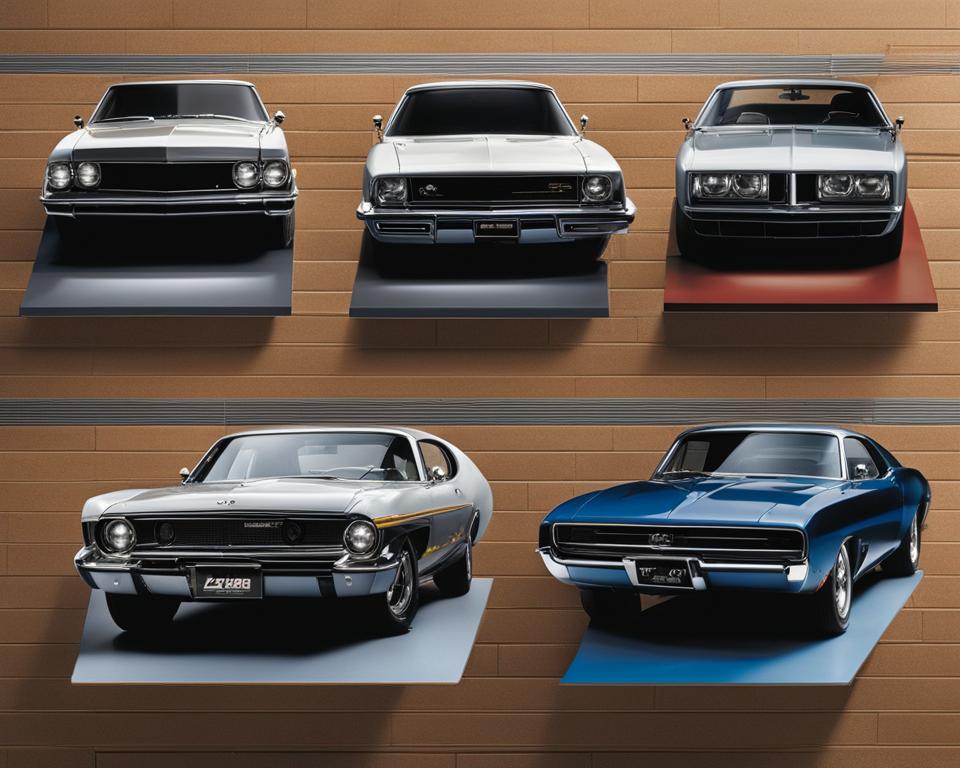
Paint protection films have a fascinating history that dates back to their military applications. Originally developed to protect military vehicles, especially helicopters, during the Vietnam War, these films offered a transparent and lightweight solution to shield against shrapnel and debris. One of the key players in the development of these protective films was 3M, a leading textile and chemical company.
3M played a vital role in creating a protective film that could withstand damage while providing effective protection. Over time, these films were refined and adapted for civilian use in the automotive industry, where they offered superior protection for car paint from rock chips, scratches, and other external impacts.
The history of paint protection films traces back to their military applications during the Vietnam War. Developed to protect military vehicles, these films were refined over time to provide superior protection for car paint.
Today, paint protection films are widely used, providing an effective way to safeguard a vehicle’s paint. They have become popular among car enthusiasts and those seeking to maintain the pristine condition and value of their cars. From their humble origins in military applications to their widespread use in the automotive industry, the history of paint protection films is a testament to their effectiveness in protecting and preserving a vehicle’s exterior.
Conclusion
Self-healing paint protection films are an innovative solution that offers exceptional protection for your car’s paint. These films utilize a unique clear coat that can rearrange scratches, allowing the film to heal itself. By utilizing this advanced technology, self-healing paint protection films provide durability, scratch resistance, and UV protection for your car’s exterior.
While self-healing paint protection films have some limitations and require special care, the benefits they offer are undeniable. These films reduce the need for frequent repairs or touch-ups, making maintenance easy and convenient. Moreover, they act as a shield against rock chips, scratches, and other external impacts, ensuring that your car’s paint remains in pristine condition.
Consider investing in self-healing paint protection films to extend the longevity and value of your car’s paint. With their ability to self-heal and provide optimal protection, these films are a smart choice for any car owner looking to maintain the beauty and integrity of their vehicle’s exterior.
FAQ
What are self-healing paint protection films?
Self-healing paint protection films are advanced technologies that can protect a car’s paint from rock chips, scratches, and other impacts. They consist of three layers – an adhesive layer, a thick polyurethane layer, and a clearcoat layer.
How do self-healing paint protection films work?
Self-healing paint protection films utilize a unique clear coat that can rearrange itself when scratched. When exposed to heat, such as from warm water or sunlight, the molecules in the film receive energy to return to their original scratch-free state.
What benefits do self-healing paint protection films offer?
Self-healing paint protection films provide easy maintenance, act as a protective barrier against rock chips and scratches, and offer UV protection to prevent paint fading or discoloration. They also enhance the longevity and value of a car.
Are there alternatives to self-healing paint protection films?
Yes, there are alternative paint protection options available, such as paint protection films with healing capabilities. These films incorporate elastic polymers and a thicker polyurethane layer to repair scratches and prevent stone chipping.
What are the limitations of self-healing paint protection films?
Self-healing paint protection films can only repair light surface scratches within the clear coat. Deeper scratches may require professional repairs. These films also require special care, as abrasive car polishes can damage the healing clear coat. Over time, the self-healing capability of the film may diminish.
What is the history of paint protection films?
Paint protection films were originally developed for military applications during the Vietnam War. They were designed to protect military vehicles, particularly helicopters, from shrapnel and debris. Over time, these films were refined for civilian use and now offer superior protection for automotive paint.



